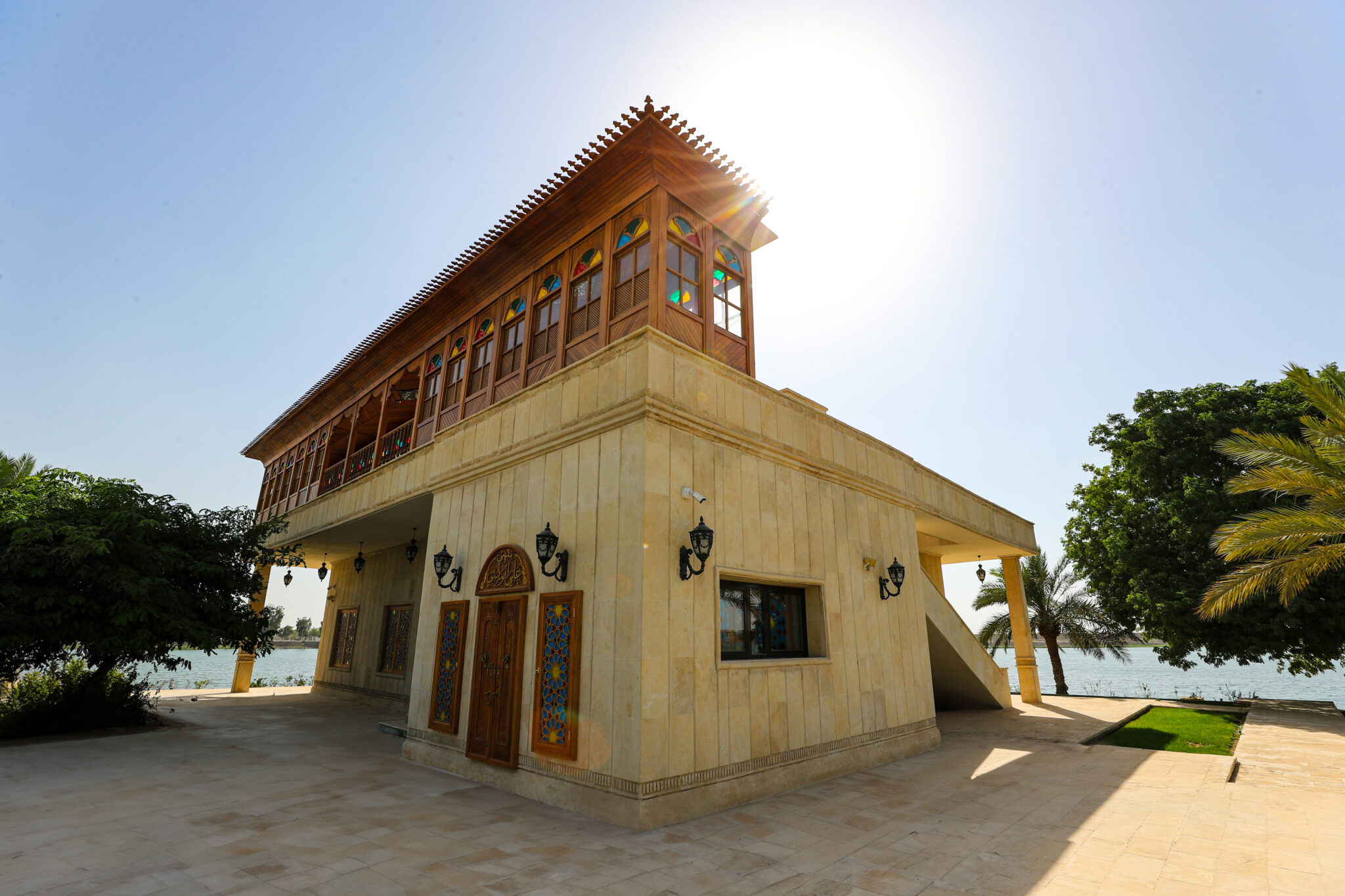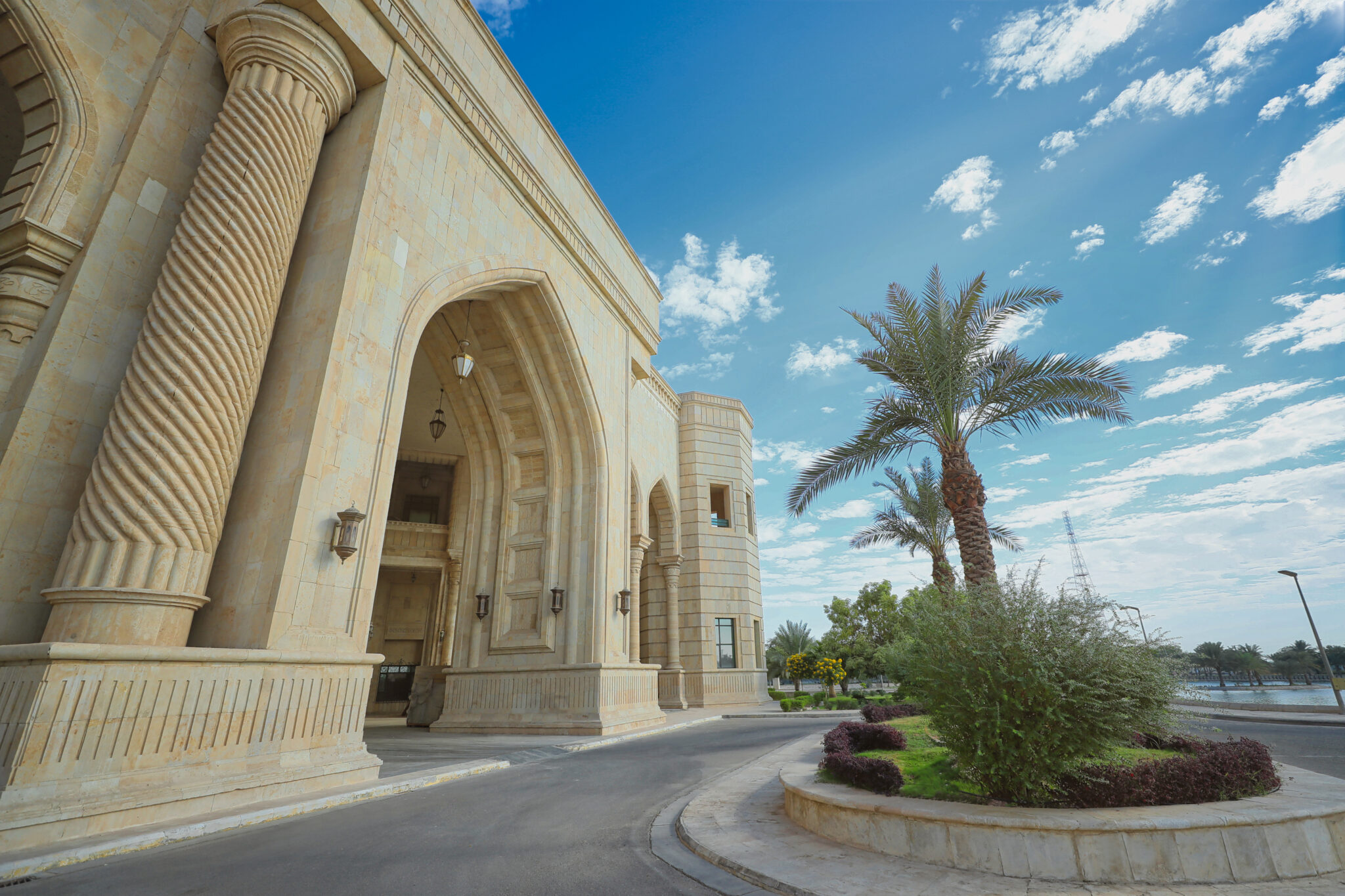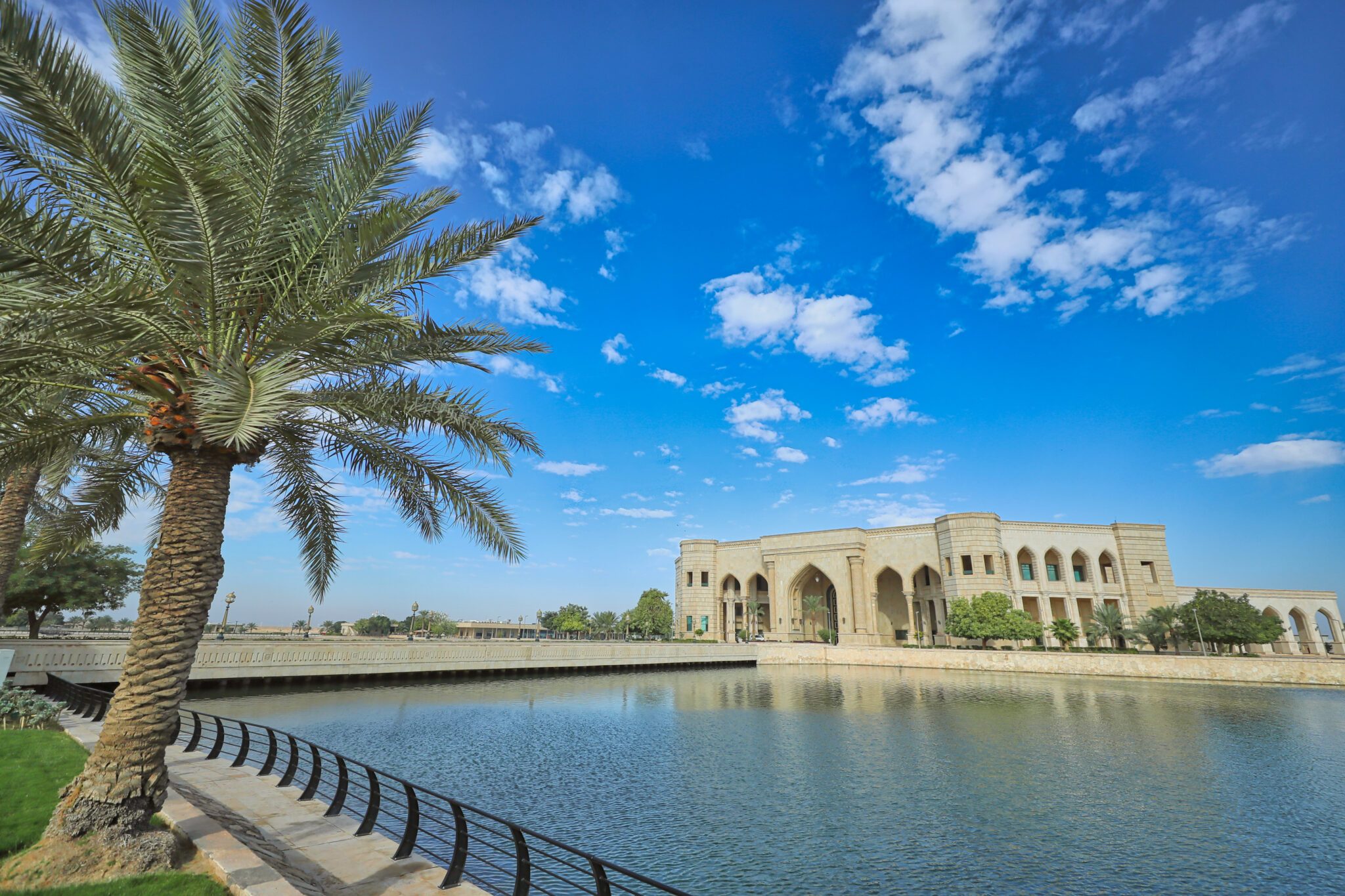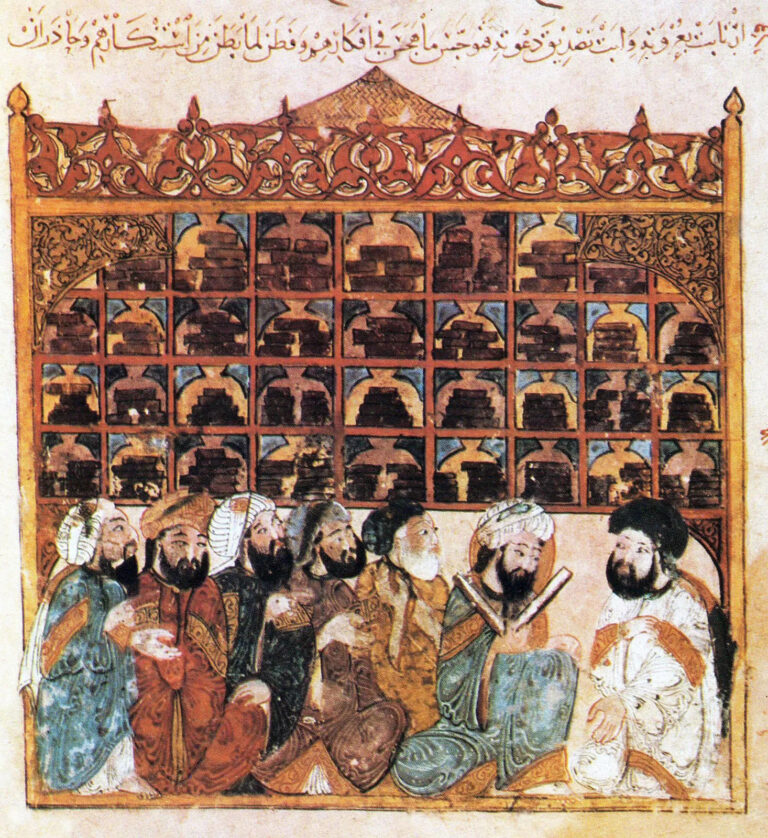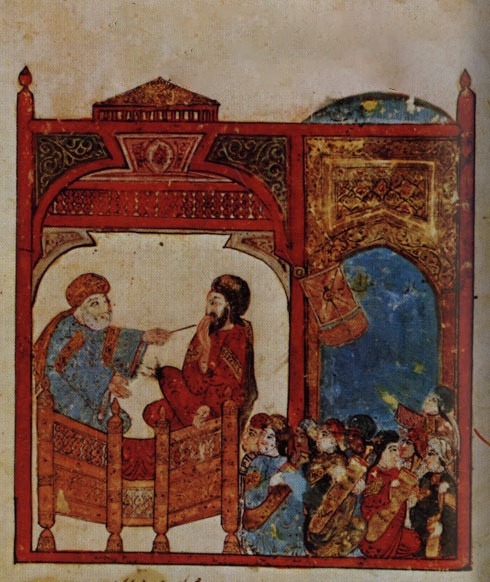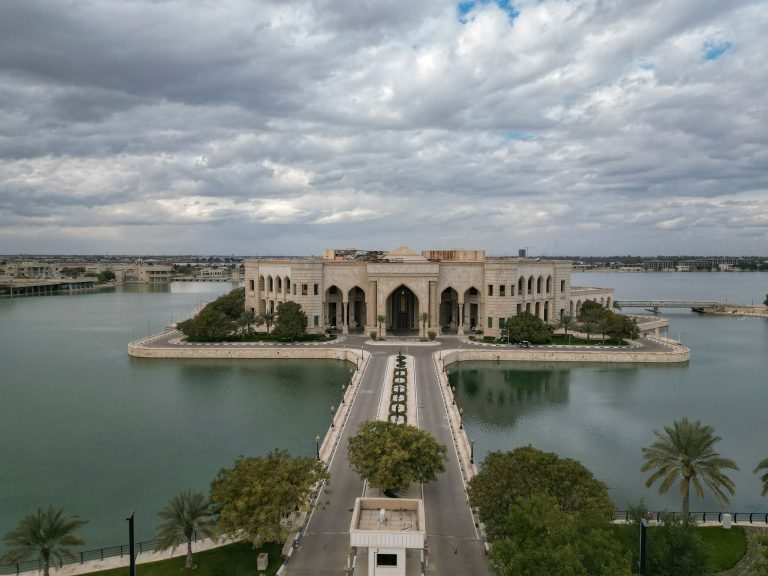AUIB History
The American University of Iraq – Baghdad (AUIB) is a non-profit University opened its doors in January 2021. As a “non-profit” university, all fees and tuition payments are used to pay some of the costs of operating the university, but they are not enough to pay everything. For this reason, the university and its sponsors seek funding from outside sources to support scholarships and other costs to keep tuition and fees as low as possible for AUIB students.
AUIB began as a dream of influential individuals in Iraq and United States business, industry and government who want to see a world-class institution of higher learning established in Baghdad, reminiscent of the days when the city was an educational and cultural mecca and the flourishing capital of the Muslim world. AUIB follows in the tradition of three historical institutions in Baghdad: the House of Wisdom, al-Nizamiyah Madrasah, often described as “the largest university in the medieval world,” and al-Mustansiriyah Madrasah.
